In which we discover that kindness can overcome cruelty, a little magic goes a long way and there are many historic cheese related wonders.
In which we discover that kindness can overcome cruelty, a little magic goes a long way and there are many historic cheese related wonders.
This is the first of four seasonal story and festive food related episodes to take us through December and lead us to the big midwinter celebration of your choice, I hope you enjoy the slightly different focus. I will let today’s story to speak for itself and allow it to weave its seasonal magic spell.
The links to the folklore books and historic recipe books can be found at my blog together with additional resources including recipes for Savouries.
St John mince pies and Eccles Cakes are on sale currently here The recipe for Welsh Rarebit can be found in their cookery book The Book of St John or if you need good cheese savoury recipe straight away then it can also be found in the Guardian, its about four down the list of great British recipes, please shut your eyes for the first recipe if you’re a vegetarian.
Links for Cheesemakers and Cheesemongers mentioned in this podcast
https://www.quickes.co.uk/ for Cheddar
https://www.trethowanbrothers.com/shop.html for Pitchfork Cheddar, Gorwydd Caerphilly
http://stichelton.co.uk/ for Stichelton
https://cropwellbishopstilton.co.uk/ for Shropshire Blue
https://www.cawscenarth.co.uk/ for Perl Las
https://www.theoldcheeseroom.com/ for Lypiatt and Baronet
https://www.mrskirkhamscheese.co.uk/ for Mrs Kirkham’s Lancashire
https://www.nortonandyarrow.co.uk/ for Sinodun Hill
https://sharpham.com/buy/sharpham-ticklemore-goat/ for Ticklemore
https://academyofcheese.org/ Academy of Cheese
Courtyard Dairy – A wonderful innovative cheesemonger in Yorkshire who won Cheesemonger of the Year at the World Cheese Awards.
Neal’s Yard Dairy – A fantastic cheesemonger who works long term with British artisan cheesemakers and is at the forefront of the save British cheese movement after the decimation of the industry due to Covid.
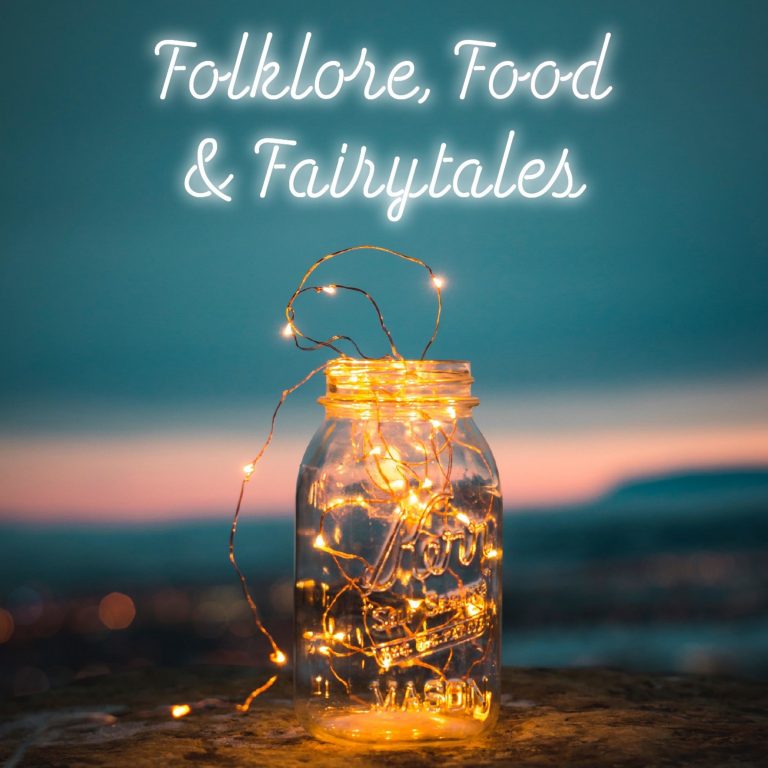
This is the first of four seasonal story and festive food related episodes to take us through December and lead us to the big midwinter celebration of your choice, I hope you enjoy the slightly different focus. I will let today’s story to speak for itself and allow it to weave its seasonal magic spell.
First of our Festive Foodstuffs
So let us leave the frozen forests and crackling frosts of Russia and return to our homes and warm ourselves with a look at our first festive food. It is definitely the foodstuff that I would choose if you were only forced to choose only one. I have on several occasions actually made it the focus of our festive meal, just because then we could properly indulge in the joy that is really good cheese. I enjoy pretty much all cheese except for supermarket blocks of mild cheddar which I think may be the work of some low level supernatural evil.
Christmas is the cheesemakers and cheesemongers well, Christmas I suppose. Even people who don’t eat it much normally will buy a standard cheeseboard as part of their festive shop. People who enjoy cheese will often splash out on some really good artisan cheese for their celebration.
What exactly is a Christmas Cheese?
This is not a new tradition but its form has definitely changed over the years. I’ve been delving into some English folklore and superstitions for you so you can amaze any festive visitors (or your Zoom bookclub which is I suppose, more likely this year) with your encyclopaedic knowledge of festive cheese traditions when you have run out of things to say about Covid and the economy. I’m also going to broach the slightly contentious subject of cheese and Christmas cake.
Christmas cheese wasn’t necessarily a particular type of cheese, it was a substantial cheese that was either bought or made specially for the festive season. The ceremony of cutting the Christmas cheese to share with household and friends was something that was not “lightly omitted’ but as often with this type of thing its quite hard to date when this actually started.
Cheese Deserves a Ceremony
There is actually a Ceremony of the Christmas Cheeses which the Chelsea Pensioners celebrate every year. This is in honour of a local cheesemaker who supplied the Chelsea Hospital to feed the war veterans with cheese over the 1692 festive period. Festive cheese was donated every year until Dairy UK assumed responsibility for the collection and distribution of the cheese in 1959 when the ceremony took its current form. There is now a ceremonial cheese cutting with festive food, drink and music as well s cheese tasting.
A Wassailing We Will Go
We have accounts of many cheese based rituals and ceremonies around this time of year from all over the country. There are accounts from 1811 of Yorkshire women who make special cheeses for the festive season and ceremonially cross the cheeses before they can be tasted on Christmas Eve accompanied by a mighty wassail bowl brimming with lamb’s-wool (the fluffy baked inside of the apple not actual lamb’s wool).
Will You Take a Beer or a Gin with your Cheese?
In 1813 it was reported that in Cummnor in Berkshire anyone who paid tithes could claim to be entertained at the vicarage on the afternoon of Christmas Day with four bushels of malt brewed into ale and beer, two bushels of wheat made into bread, and half a hundred weight of cheese. In an 1826 publication there is reference that between Christmas Day and the New Year it was customary in the North Riding of Yorkshire to give every visitor a slice of “pepper cake” (a spiced gingerbread cake), cheese and a glass of gin.
Yule Cakes & Candles
Cheese also formed part of the ceremony of the Yule Candle in the Yorkshire Dales: a house would light 12 candles on the evening of Christmas Eve and the members of the household would hold them alight in their fingers for around 10 minutes. Then all but one were blown out, the remaining candle was left to light the cutting of the cheese. The cheese was then cut up by the master of the household. All the family were given a piece of the Christmas cheese and a Yule Cake, part of which was saved for breakfast on Christmas Day. The candle was left alight for the rest of the night. The Yule cake was a fruited spiced drop cake, a bit like a rock cake.
I’ll Take Cake with my Cheese
That brings us nicely on to the tradition of eating fruit cake with cheese at Christmas. This is traditionally a northern or maybe even more specifically a Yorkshire tradition. The earliest reference I can find is in A History of Whitby, and Streoneshalh Abbey from 1817 where they traditionally ate gingerbread and cheese as part of a traditional Christmas Eve meal. It is also mentioned that cheese and gingerbread accompanied by spirits or a glass of wine would be given to visitors over the festive period and that Yule Cakes were a good alternative to the gingerbread.
Whitby gingerbread is normally served in loaf form, slightly dry so that it kept during sea voyages. The Yule cakes, Pepper Cakes mentioned in the ceremonies above bear more than a passing resemblance to the cakes of the their Danish cousins and the names are not that dissimilar – jul-kage, peber-kage. This is a small demonstration how much earlier migration/trade between Denmark and the north east coast of England has affected the language and customs of those areas.
When eating fruit cake and cheese at Christmas it is now much more likely to be the rich fruitcake or a Yorkshire tea loaf or the ginger flavours could be revisited with Parkin. The original cheese eaten with cake would likely have been Wensleydale as it is the local cheese and it reached maturity at Christmas time. The Courtyard Dairy also recommends any other young crumbly cheese for the job as the lactic bite of the cheese offsets the rich figgy/curranty notes of a good fruit cake.
Good examples of these cheeses would be Cheshire, Lancashire, Caerphilly and Wensleydale. There are suppliers for these in the further reading below. The Courtyard Dairy will even sell you the cake. I tried Mrs Kirkham’s Lancashire with fruit cake, a St John Eccles cake and a St John Mince Pie for the first time last year and can confirm it was a truly excellent eating experience. I will note though that it might be better to avoid the marzipan and icing with the cheese.
Of Course its a Course
All of these wonderful cheese ceremonies only bear a passing resemblance to our modern festive cheeseboard though so I thought I would investigate when that became part of our tradition. I must admit that I fell down a huge rabbit hole of historical cheese research and that I have had to restrain myself from just sharing all my mostly irrelevant findings. I will say that I found a wonderful recipe for a nettle cheese in 1631 and I will definitely be ordering the modern version (Yarg) as part of my own festive cheeseboard.
What did the Roman’s Do for Us?
Cheese on its own wasn’t really served as part of a formal dinner pre 1705, certainly not as part of a selection of cheeses. Cheeses were often made locally or even in the home of those eating them. Roads were frankly terrible before then as no-one seems to have fixed them since the Romans departed. Local cheese specialties just didn’t travel far as road travel was prohibitively expensive. Cheshire cheese is the exception to the rule when an enterprising London merchant of a Cheshire family financed a ship to transport 20 tons of Cheshire to London.
Cheese Piracy
This was a revelation to the people of London who had been mostly eating a cheese called Suffolk bang which was a not very tasty, hard cheese. It had once been better but the cheese mongers of London had been insisting on more and more butter being produced in the area which lowered the amount of cream available for the cheese. Cheshire is a full cream cheese made with whole milk so you can imagine the difference to the tired London palate. This was the start of a huge trade in Cheshire cheese from the port of Chester. There were even incidents of cheese piracy!
Jane Austen’s Love for Cheese
That was the start of the big named cheeses which started to appear on the tables of wealthier Georgian households. Stilton and Cheddar weren’t far behind and took full advantage of the better road transport options. Stilton and Wiltshire cheese are even named in Jane Austen’s Emma as a special delicacy:
“Mr. Elton was still talking, still engaged in some interesting detail; and Emma experienced some disappointment when she found that he was only giving his fair companion an account of the yesterday’s party at his friend Cole’s, and that she was come in herself for the Stilton cheese, the north Wiltshire, the butter, the celery, the beet-root, and all the dessert.”
Emma – Jane Austen
Your Service or Mine?
In Georgian times, using service à la Francaise, all food would have been placed on the table or on a sideboard and passed around the guests, then removed for another course. Cheese would likely have formed part of the dessert options or occasionally served with salad in between courses. There were also cheese savoury dishes which formed part of the menu.
The move to service à la Russe where each course is served separately and food is not placed on the table meant that the courses become more defined. Cheese savouries were a big favourite with the Victorians, although more with the gentlemen as ladies were encouraged not to indulge in this course which followed dessert. Cheese as a course does appear separately on some victorian menu cards but just as often formed part of the dessert course.
Deeply Savoury
The idea of a savoury item at the end of the meal was to clear the palate before port was served to the gentlemen. Welsh rabbit is probably the most famous savoury dish that we remember, but there were actually various rabbits, including an English one which involved soaking bread in red wine first. There are several historic recipes below if you fancy bringing back the savoury course. I for one would love to be able to choose a savoury rather than a pudding. If you would like to try a more easy to follow recipe for rarebit I would recommend the St John recipe in further reading.
As cheese was clearly an important item, we can see how it gained its place as part of the festive meal and it kept it throughout the 20th Century despite many ups and downs. The early and mid 20th Century was not kind to English cheeses for too many reasons to mention here and it wasn’t until the 1970s that the great British cheese renaissance began. If you want to read more you should definitely read A Cheese Monger’s History of the British Isles. It is absolutely fascinating. Today a cheeseboard is a key element of every Christmas shop although some just throw in a clingfilm-wrapped ready made selection just because its traditional.
The Importance of British Cheese
If you like cheese and are lucky enough to have the budget there is another way to make cheese take its rightful place during Christmas feasting. That is by planning your own using the wonderful range of British cheese available. We need to support them if we can as they have taken a huge hit during this crisis, some wonderful cheeses have already gone, almost certainly never to return together with the livelihoods of those that made them. If you don’t have the budget, which is very understandable then I recommend still choosing individual cheeses from supermarkets, they will still be better than that ready made selection. I have added some more budget suggestions in the Further Resources section below.
What does Your Cheeseboard Say about You?
It is usual for a cheese board to have up to 5 cheeses but that is completely up to you. You could just choose one that you love and buy a large piece (the bigger the piece the better it will keep and not dry out). If you like a slightly less minimal selection the convention is a hard cheese, a blue cheese and a soft cheese, adding maybe a territorial cheese (I will explain shortly) and a goat’s cheese.
This enables you to buy bigger pieces, the suggestion is that you need 75g of cheese per person for after a large meal and that is easier to manage with fewer, larger chunks. I’m however a cheese glutton and will happily buy more but that is because we have been known to skip the whole festive main course and just buy and eat cheese. I understand that this is not possible or even desirable for most people but if there any of you that can see the appeal I’d love to hear from you.
Now for my suggested cheeses, I’ve added all the suppliers to further resources below (some are the actual cheese makers) just in case you would like some ideas. Those that sell online all offer nationwide delivery but many have a cut off for cheese orders by 17 December or earlier so please order early to avoid disappointment. I will add at this point that sadly no-one has yet offered me any free cheese in exchange for my opinion (although I live in hope) so these really are my actual favourites that I have enjoyed in the last 12 months (please note you will need to check if these cheeses are vegetarian).
Hard Cheese
My go to hard cheese is always cheddar, I blame it on the fact that I grew up in the West Country and I have two to recommend. Firstly Quickes cheddar, they are based in Devon and I have enjoyed everyone of their clothbound cheddars that I have tasted.
I plan to have a 24 month aged vintage cheddar because I love the intense depth of flavour and the slightly crumbly texture. If you prefer something a little gentler then head to the mature cheddar for a rich buttery cheddar with some grassy back notes or the extra mature which sits somewhere in-between the two for texture and has a lovely complex flavour.
My second is Pitchfork Cheddar from Trethowan Brothers. It has the most wonderful creamy texture and is packed full of flavour. It is made only 5 miles from Cheddar itself using traditional methods and is also clothbound. The name comes from the traditional farm implement used for tossing the curd.
Blue Cheese
I am going to confess at this point that I’m not going to recommend a traditional Stilton but these are all wonderful alternatives. Firstly Stichelton, this sounds suspiciously like Stilton and that’s because the name comes from the earlier name of the village of Stilton. This unpasteurised stilton-like cheese can’t actually be called Stilton because it is made using organic unpasteurised milk from a single herd which means it sits outside of the PDO. Stichelton is made by Joe Schneider on the Welbeck Estate in Nottinghamshire. It is however what a really good Stilton should taste like. It has a rich fudgey texture and the flavour changes from the rind to the centre with delicate veins of blue threaded through the cheese.
My second cheese is Shropshire Blue, the best of which comes from Cropwell Bishop Dairy which also makes Stilton. It is a gorgeous orange cheese with a slightly crumbly texture and the flavour packs a punch. This is for people who like to taste the blue in their cheese.
Last but not least Perl Las , a Welsh cheese from Caws Cenarth. This is probably my favourite blue. I once worked at a beer and cheese tasting run by CAMRA and after we had served everyone, we got to take home what was left. As it was the last day of the show I got to take home two cheeses and four bottles of a wonderful rich barley wine which was its recommended accompaniment. I arrived home, exhausted but happy and enjoyed a cheese and beer combination that has yet to be bettered in my experience. The name means blue pearl and it has a rich golden texture, slightly less salty and sweeter than other blues, the blue flavour is gentle and refined but does increase as the cheese matures. I prefer it as it gets slightly older but I have still enjoyed the younger cheese.
Soft Cheese
This is a difficult one not because there aren’t lots of amazing soft cheeses but narrowing it down to two or three is very difficult. Lets start with my absolute favourite, Lypiatt from the Old Cheese Room which is based on Neston Park Home Farm and uses the organic milk from their Jersey herd. I ordered this for the first time in the summer and I fell in love, it is heavenly and I didn’t want to share, it is an ash covered cheese has the wonderful moussey textures of a good goat’s cheese but with gorgeous jersey creaminess.
Baronet is my next choice from the same small dairy, its a reblochonesque washed rind cheese, and is so rich and buttery. It’s perfect with a rosé cava for an extra treat. They also sell this amazing cream cheese flavoured with wasabi that is out of this world with smoked fish. Everyone will rave over your bagels.
My third choice is Bath Soft Cheese from the Bath Soft Cheese Co. Its a square brie type cheese and is wonderfully creamy with mushroomy, citrus flavours. Apparently the cheese dates back to 1801 and Nelson was a fan. This farm is all organic and the herd is raised in a traditional way. This dairy also does a fantastic range of other cheeses including Wyfe of Bath and their fantastic Bath Blue only narrowly missed being on my cheeseboard list.
Territorial Cheese
I always think of the Territorial Army when I hear this title but it basically is just shorthand for cheeses that are named after the county or area they are from. They are grouped into two main groups: the firm, hard cheeses from the southern counties such as Cheddar, Double Gloucester, Red Leicester and the ‘crumblies’ mainly from the North of England and Wales such as Wensleydale, Cheshire, Lancashire, Caerphilly. Don’t worry I haven’t got a recommendation for all of these. I’ve already mentioned Mrs Kirkham’s Lancashire and its a great addition to any board with a texture that manages to be both crumbly and creamy, has lots of flavour with a yoghurt like freshness and acidity. It’s the only Lancashire made with raw milk.
You might recognise the maker of this Caerphilly, Gorwydd Caerphilly from Trethowan Brothers, this was the cheese they first made before the Cheddar and it is absolutely fantastic. Its another cheese that changes flavours from the rind to the centre. The cheese closer to the rind is more earthy and mushroomy whereas the centre is sharper and fresher with a lactic tang. I also have some excellent memories of Appleby’s Cheshire but I haven’t had a chance to try it in the last 12 months.
Goat’s Cheese
I know not everyone is a fan but I do enjoy goats cheese even the ones with a pronounced goatiness. I have narrowed down my choices to two which are a little more unusual but definitely worth tracking down. The first is Sinodun Hill from Norton and Yarrow Cheese. I bought this for the first time on a pre-Christmas trip to London this time last year. The trip was a tribute to Nigel Slater’s Christmas Chronicles and I walked around London on a sunny, cold November visiting so many wonderful food shops and then window shopping amongst the beautifully decorated windows of Picadilly and Regent’s Street.
It feels like a visit to another time but this cheese is tied up in those memories. I bought this from Neal’s Yard Dairy in Covent Garden and it was so beautifully ripe. It’s a French style pyramid goat’s cheese with a delicate moussey texture that almost tastes as if its been whipped, the rind adds some depth and just a hint of goat. I tried it again in the summer and it was even nicer if anything. The goats that produce the milk for this wonderful cheese are a herd of gorgeous Anglo-Nubian goats.
My final cheese is a very different type of goat’s cheese is from Sharphams and is called Ticklemore. I could pick this up and chomp it like it is, without a cracker or bread in sight. It’s just that good. It’s named after a street in Totnes that is famous for its cheese shop. Its a bright white cheese with a firm texture and has light and gentle lemony, herbaceous flavours, with a touch of sweetness. It is also fantastic heated up and crumbled over a salad. The goats milk for this comes from three local Devon farms. They also have a fantastic range of other cheeses including Devon Blue and some really excellent wines to tempt your fancy.
If you want to learn more about cheese then I highly recommend the Academy of Cheese, they are a not for profit organisation and run some wonderful courses, many now online. If that’s out of your budget or you just have a casual interest then track down Tuesday Night is Cheese Night on Youtube for some great interviews and tastings. I think The Academy also have the recordings from a lot of their excellent British Cheese Weekender in the Summer which are also all free to watch and free online current events.
Further Resources
The English Housewife G Markham 1631
The Housekeeper’s Pocket Book and Compleat Family Cook
The Complete Housewife or Accomplished Gentlewoman’s Companion E Smith 1732/1773
The Modern Cook and Frugal Housewife 1782
Court Cookery or the Compleat English Cook R Smith 1725
The Art of Cookery Made Plain and Easy – Hannah Glasse 1751
A Cheesemonger’s History of The British Isles – Ned Palmer
A History of Whitby & Streoneshalh Abbey – George Young
http://www.foodsofengland.co.uk/Christmas_Cheese.htm
https://culturecheesemag.com/blog/writers-whey-jane-austen-and-gentrified-cheese/
https://www.quickes.co.uk/ for Cheddar
https://www.trethowanbrothers.com/shop.html for Pitchfork Cheddar, Gorwydd Caerphilly
http://stichelton.co.uk/ for Stichelton
https://cropwellbishopstilton.co.uk/ for Shropshire Blue
https://www.cawscenarth.co.uk/ for Perl Las
https://www.theoldcheeseroom.com/ for Lypiatt and Baronet
https://parkfarm.co.uk – for Bath Soft Cheese
https://www.mrskirkhamscheese.co.uk/ for Mrs Kirkham’s Lancashire
https://www.nortonandyarrow.co.uk/ for Sinodun Hill
https://sharpham.com/buy/sharpham-ticklemore-goat/ for Ticklemore
Courtyard Dairy – A wonderful innovative cheesemonger in Yorkshire who won Cheesemonger of the Year at the World Cheese Awards.
Neal’s Yard Dairy – A fantastic cheesemonger who works long term with British artisan cheesemakers and is at the forefront of the save British cheese movement after the decimation of the industry due to Covid.
One of the best budget supermarkets for cheese is Aldi, it might not be artisan but they do stock a good range of cheeses if you shop carefully especially at Christmas.
Waitrose No 1 range is excellent. It sits somewhere in between artisan and normal supermarkets price wise. Their cheese counters also stock an excellent range at good prices. Its probably where I’ll be getting my nettle cheese Yarg.
If you have a Booths near you they are also brilliant for supporting artisan cheeses.
Butlers Cheeses also do an excellent well-priced Blacksticks Blue amongst other nice cheeses.
St John mince pies and Eccles cakes are on sale currently here. The recipe for Welsh Rarebit can be found in their cookery book The Book of St John or if you need good cheese savoury recipe straight away then it can also be found in the Guardian, its about four down the list of great British recipes, please shut your eyes for the first recipe if you’re a vegetarian.
If you’d like to know more about me you can look here or follow me on Twitter @FairytalesFood or Instagram on @FairytalesFood
Feature image credit: Photo by Alexey Elfimov on Unsplash


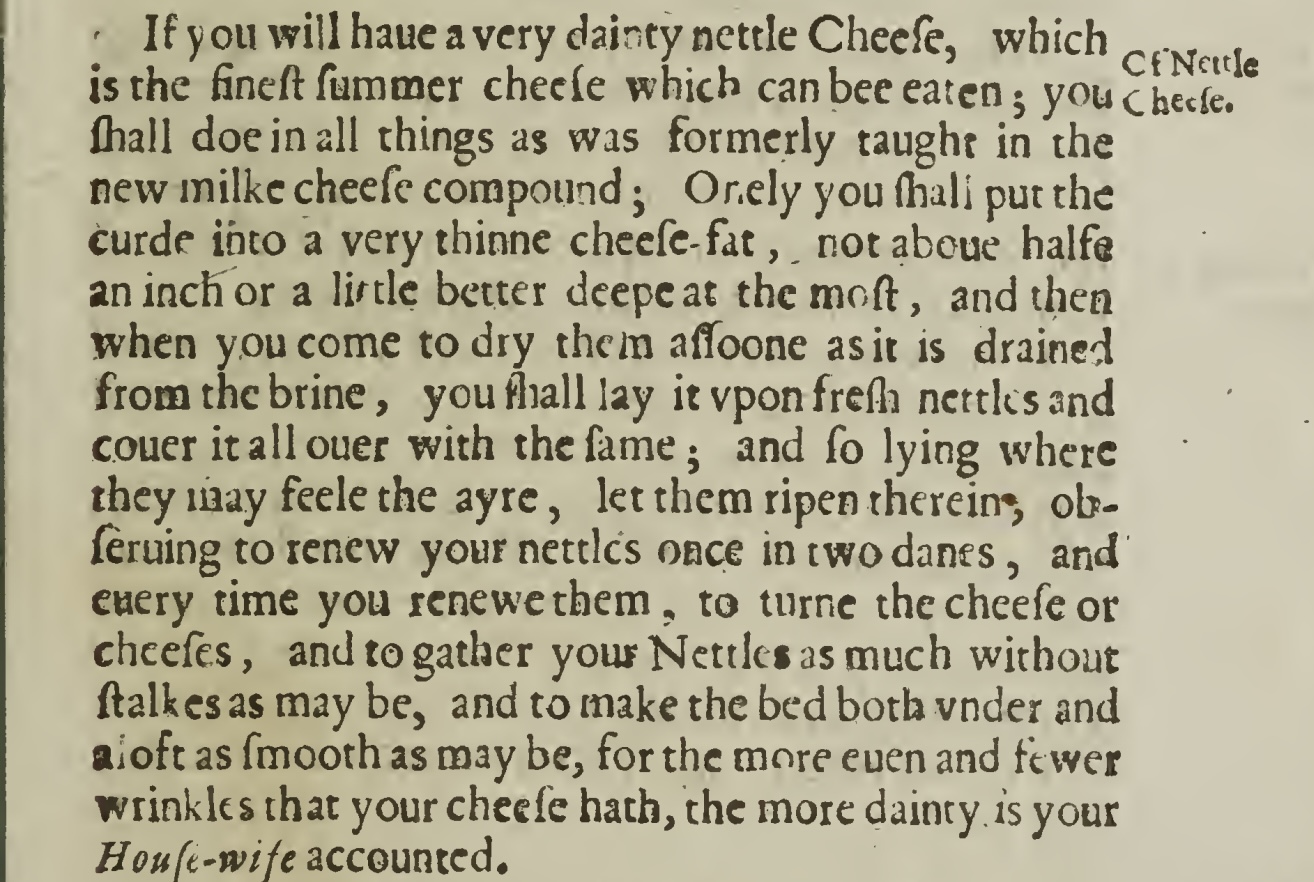


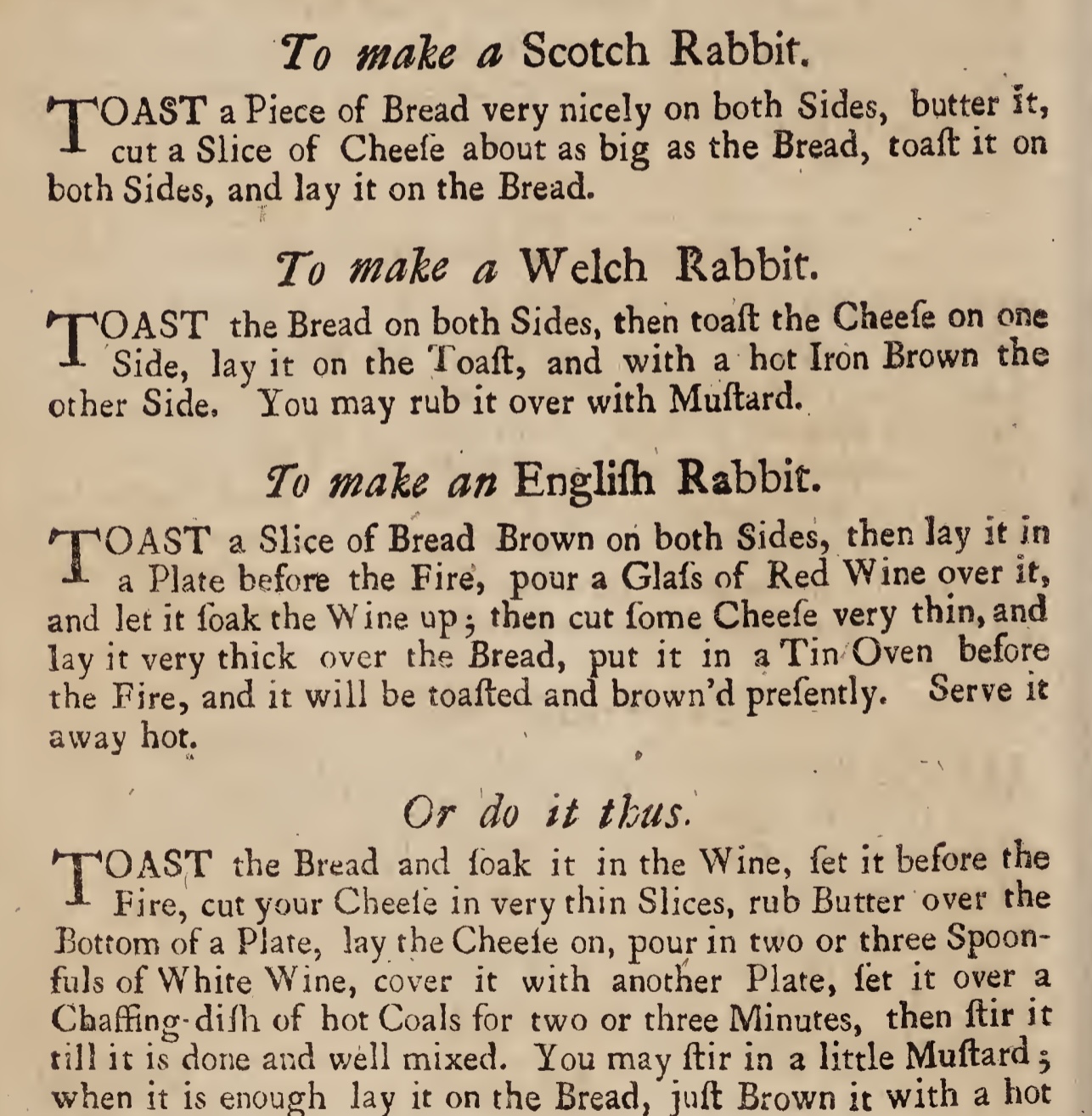
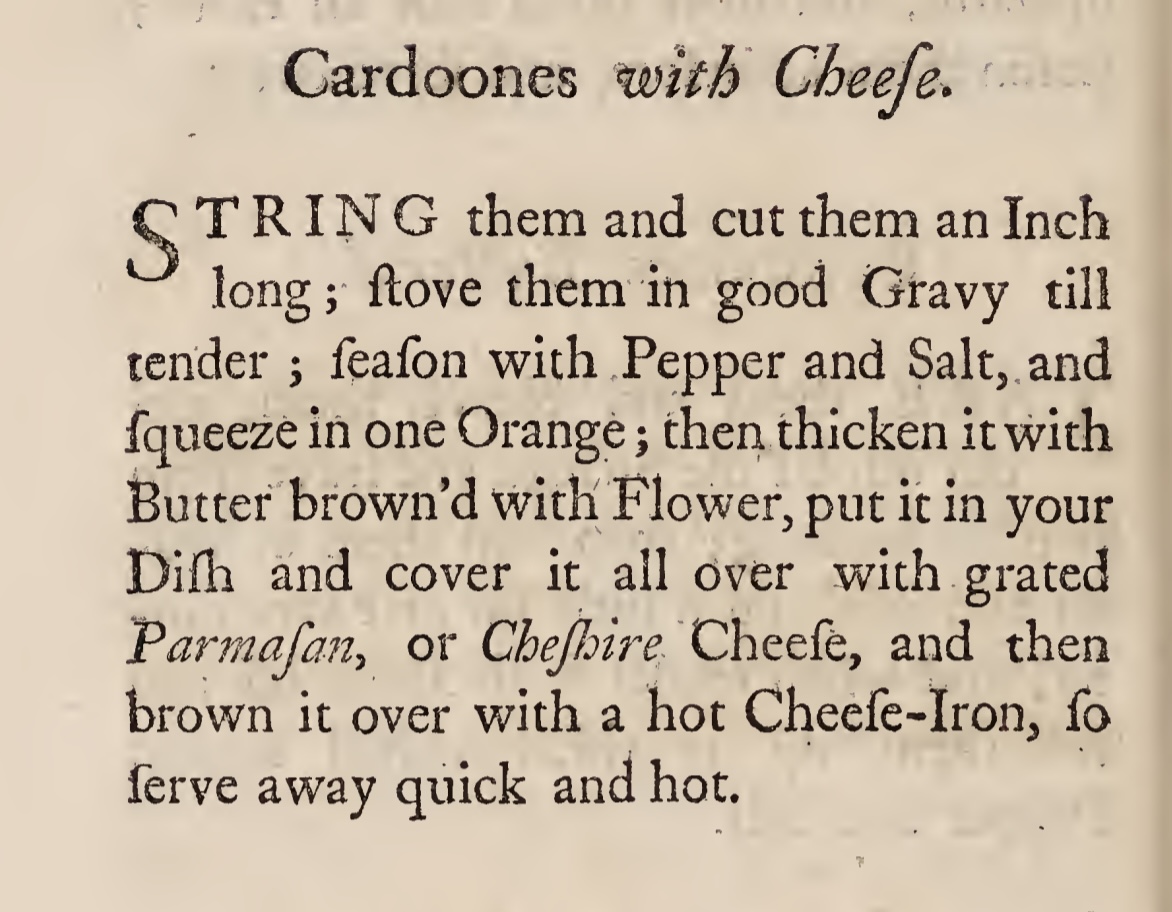
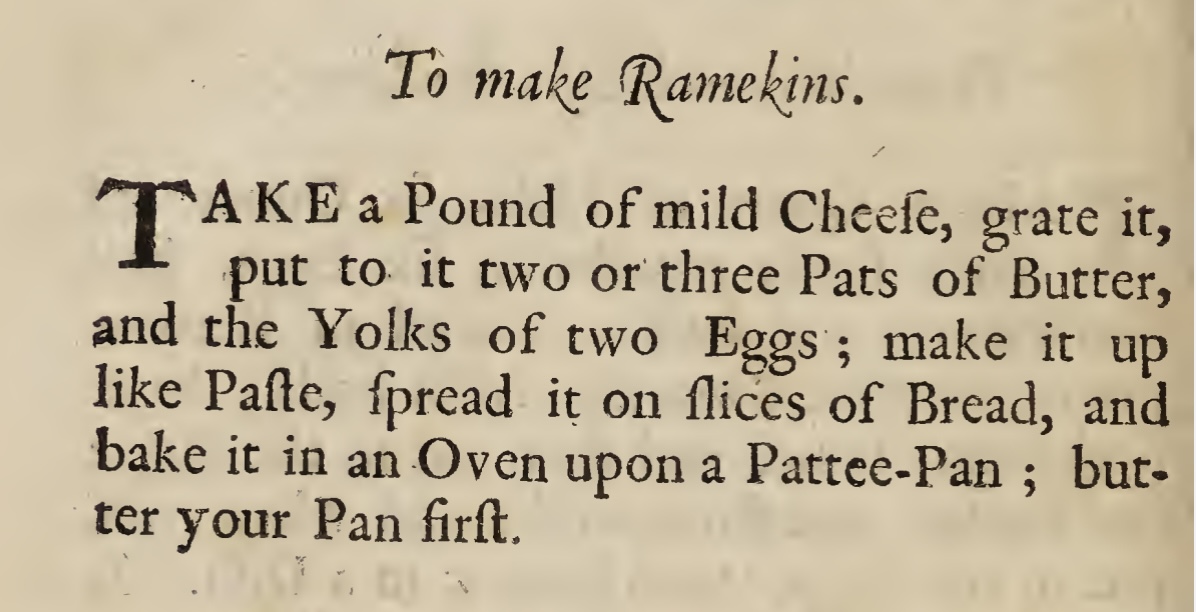
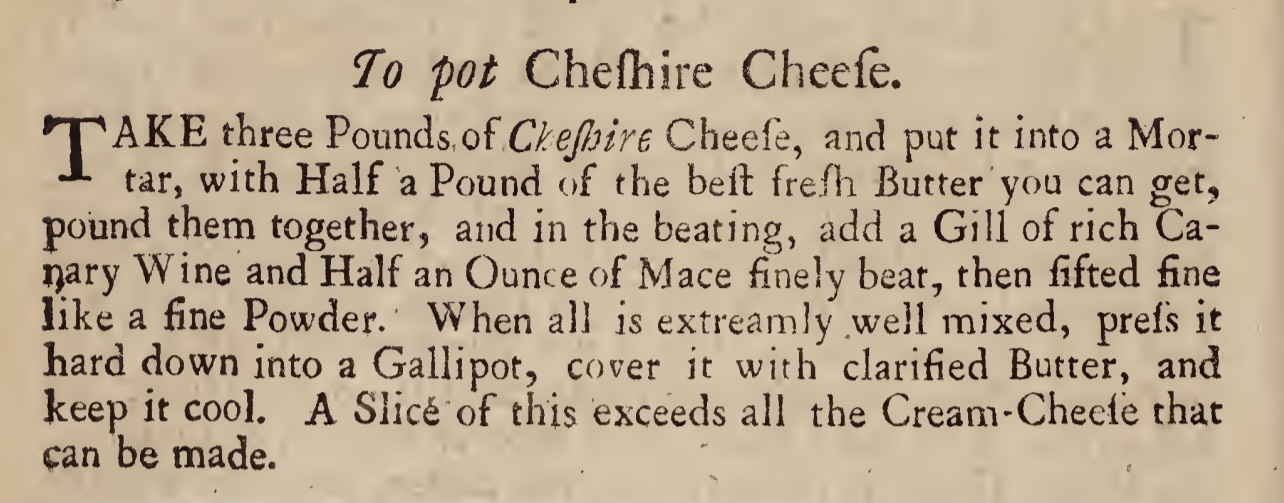
[…] Morozko or The Great Cheese Cornucopia […]